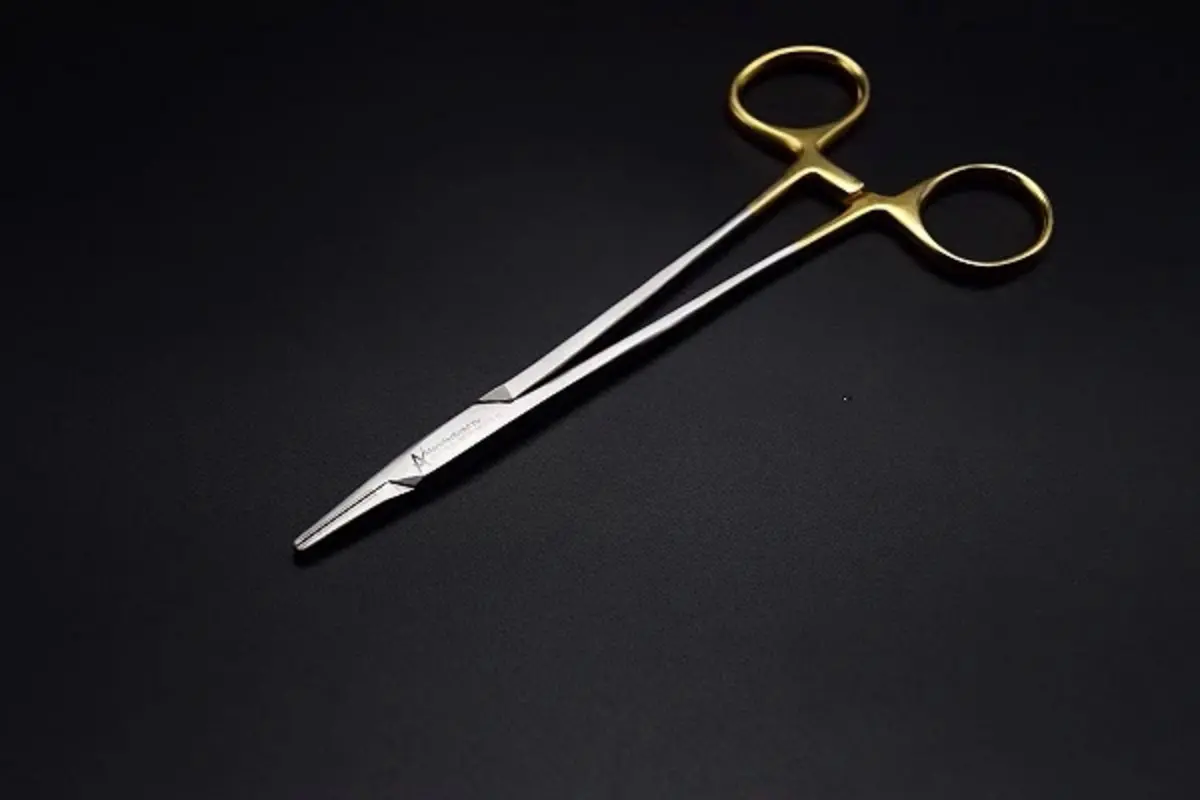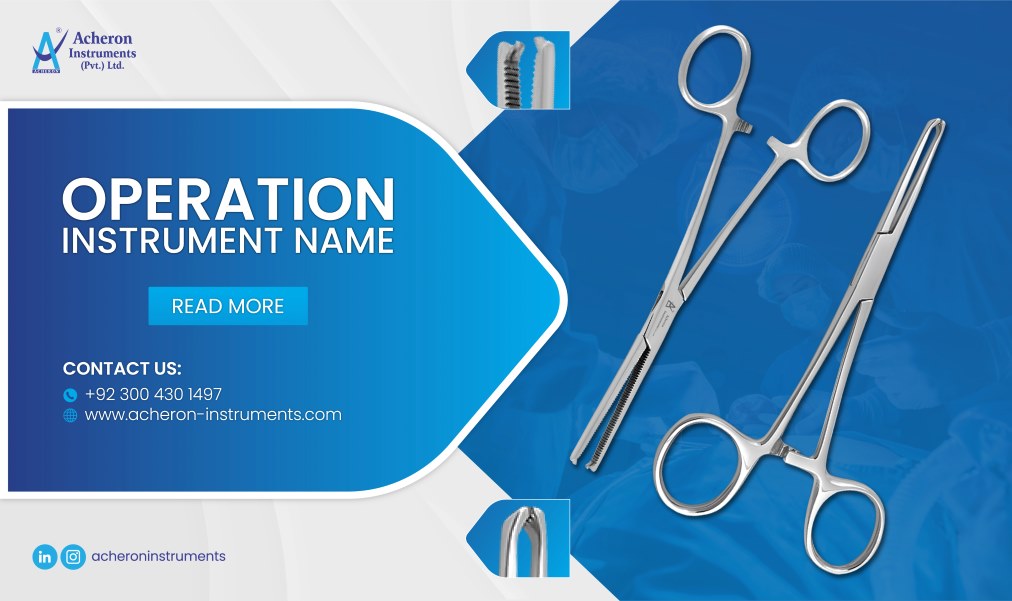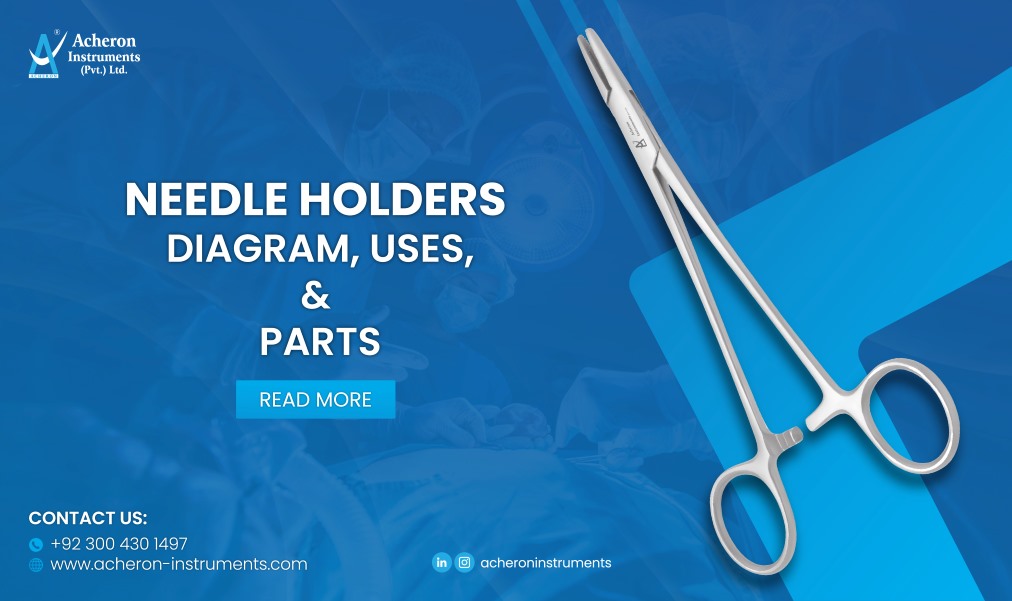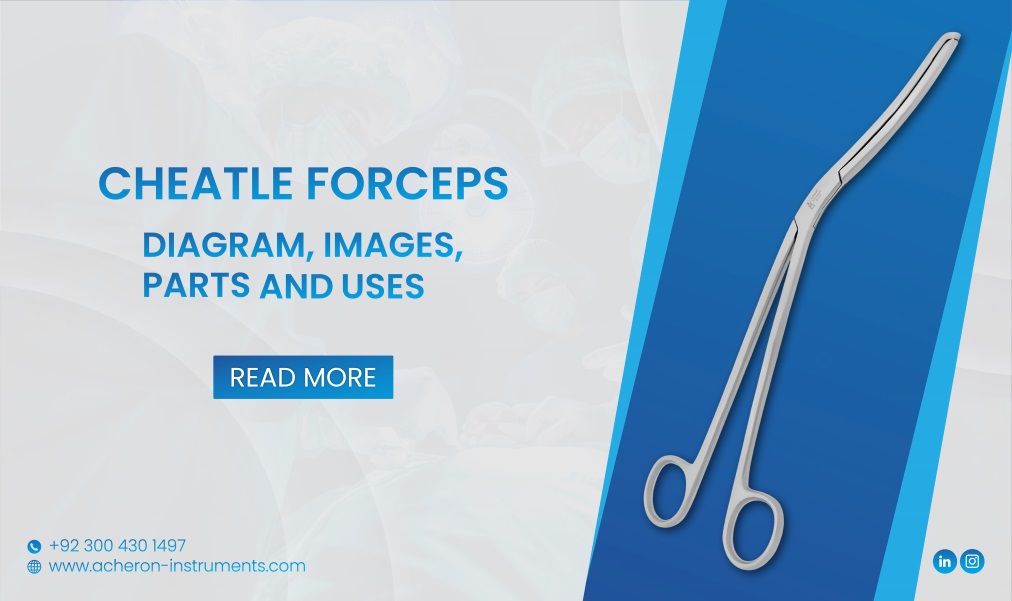Do you know surgical instruments with names? Have you ever imagined what it would be like if there were no surgical instruments? It would have a detrimental and profound impact on the field of medicine. Not only this, many surgeries would be impossible to perform. Some fundamental surgical tools have to be present in every operating room toolkit. The importance of surgical instruments in the medical industry is quite obvious. But, do you know that medical practitioners rely on having access to the availability of some fundamental surgical instruments? In this blog, we will explore some commonly used surgical instruments with names and their specifications.
Welcome to our extensive manual on the fundamental and commonly used medical surgical instruments with names used massively in surgical rooms.
Classification of surgical instruments with names
In general, surgical instruments fall into four primary categories. General surgical instruments, basic surgery instruments, and operating room instruments all kinds of surgical tools are present in these categories.
Practically, the classification of these tools is based on the functionality of the instruments. Let’s have a look at these categories:
Cutting and dissecting surgical instruments with names
The surgical instruments related to this category are used in multiple surgical procedures to cut tissues precisely or dissect anatomical structures. Also, these tools assist surgeons in performing intricate surgical procedures as well as removing damaged or diseased tissue. Some examples of these tools are:
Surgical scissors
Surgical scissors are the primary tools for all surgical needs. These versatile tools have numerous advantages including cutting tissues and sutures precisely. These tools come in multiple sizes and lengths featuring two opposing blades having sharp edges typically. Also, surgeons can choose from multiple patterns that include both curved and straight variations.
Talking of its variations, the larger scissors with sharp blades assist surgeons in cutting tough tissues whereas the ones with finer and blunt blades are greatly useful for blunt dissections. Some commonly used surgical scissors include Mayo scissors, dissecting scissors, Metzenbaum scissors, and operating scissors.
.webp)
Smaller-sized scissors such as Castroviejo scissors and Vannas scissors are considerable options for delicate applications such as neurosurgical and ophthalmic surgeries.
Scalpels/Blades
Surgeons use this surgical tool for different surgical scenarios including making initial incisions, performing delicate dissections, and creating an access point. These remarkable cutting tools generally comprise sharp blades with a handle that enhances the controlled and precise cutting actions.
Different blades can be attached to different scalpel handles. The choice of scalpel handle and blade depends on the specific surgical requirement. For instance, blade number 15 is better for making precise and short incisions with its small curve. Also, scalpel handle no. 3 and scalpel handle number 4 are preferred during C-section surgeries.
Surgical knives
Surgical knives are specialized surgical tools that are generally sharp-edged cutting instruments. These tools come into use when surgeons have to make precise, deep incisions. Also, these tools are chosen where controlled and accurate cutting is essential.
Moreover, this surgical instrument has a solid handle that enhances grip and the blades can be detached to meet multiple surgical requirements. The use of these surgical knives is acknowledged in procedures that require access to deep tissues.
Surgical Rongeurs
These are specialized forceps-type instruments comprising scoop-shaped and sharp-edged tips. These tools are useful to remove soft tissues or small bone fragments during surgical procedures. Also, the unique curve of this tool allows grasping the smaller pieces of tissues or bones easily.
These are considered essential equipment for orthopedic and neurosurgical surgeries where surgeons need to trim or excise bone to achieve the desired surgical outcome.
Dermatomes, Curettes, and Electrocautery are also important in cutting and dissecting surgical equipment used in surgeries.
Grasping and holding surgical instruments with names
Apart from cutting and dissecting equipment, the other category of tools that is of great importance are grasping and holding instruments. These tools are essential for medical practitioners to hold, grasp, and manipulate organs, tissues as well and other materials. In addition to providing enhanced control and precision to the surgeons, these tools also provide greater accessibility and optimal visibility during surgical procedures. Let’s explore a few common surgical instruments belonging to this category:
Surgical Retractors
Surgical retractors are specially designed to hold back organs or tissues to provide healthcare practitioners with greater visibility and access to the operating site. Also, the use of this tool enhances the precision and efficiency of the surgical teamwork. Moreover, two kinds of surgical retractors are available including handheld retractors and self-retaining retractors. The choice between the two types depends on the surgical requirement and the surgeon’s demand.
Forceps
The role of forceps in surgical procedures is extremely important, the forceps serve multiple purposes in the operating rooms. These tools generally comprise a pivot point where two opposing arms join. The pivot point extends to an ergonomically designed handle to provide comfort and grip to the user.
Additionally, there are multiple sizes, patterns, sizes, and designs available to serve different purposes. Some forceps have a smooth design such as dressing forceps that are designed to hold surgical dressings and sponges. On the other hand, some forceps come with serrated patterns to provide a better grip for delicate structures. The forceps are further sub-categorized as hemostatic forceps, tissue forceps, and dressing forceps. However, the most common ones used during surgeries include Kelly forceps, Allis tissue forceps, Adson forceps, and Debakey forceps.
Needle holders
In surgical procedures, one of the most challenging tasks is to close the incision during suturing procedure. Needle holders come into use during such scenarios, These surgical tools are also referred to as needle drivers and are one of the most important tools in operating rooms. These crucial tools are used during suturing procedures to hold and manipulate surgical needles. Surgeons are able to perform suturing procedures accurately as these tools come with a clamping mechanism to hold the needles securely. Consequently, these holders also prevent the slippage of surgical needles. The most commonly used needle holders include Castroviejo needle holders, Mayo Hegar needle holders, and Mathieu needle holders.

Hemostatic surgical tools
During surgeries, there is a great chance of heavy blood loss that needs to be prevented at any cost to save the life of a patient. That’s the point where hemostatic surgical tools come into use. These instruments assist surgeons in controlling bleeding during medical interventions. Besides maintaining hemostasis, these tools also contribute to reducing the risk of excessive blood loss and maintaining a clear surgical field. Let’s explore some important hemostatic tools that are must-haves for any surgery:
Clamps
Surgical clamps are important to occlude tissues or blood vessels to control bleeding and halt the blood flow. These hemostatic surgical instruments are used in multiple surgical procedures including Obstetrics, Vascular surgery, and gastrointestinal surgeries. Moreover, these instruments comprise an atraumatic design that prevents damage to the surrounding structure. Some majorly used clamps include Satinsky clamps, Kocher clamps, and Bulldog clamps.
Hemostats (hemostatic forceps/Artery forceps)
These scissor-like surgical tools are greatly used to control hemostasis by clamping blood vessels or tissues. These tools comprise of ratchet mechanism that allows surgeons to maintain a secure grip on the blood vessels and tissues. Also, the jaws of these surgical tools mainly feature serrations on their inner surface to ensure a firm grip. Furthermore, these tools are available in both curved and straight variations to suit multiple surgical applications. Some majorly used hemostats include Mosquito forceps, Kelly forceps, Rochester Oschner forceps, and Rochester Carmalt forceps.
Ligature carriers
Ligatures are thread-like materials used to tie off blood vessels or other anatomical structures to secure tissues or stop bleeding. Ligature carriers come into practice when surgeons need to do the precise placement and tying of ligatures during surgical procedures. These instruments have a clamp-like design with a ratchet mechanism to hold and release the ligatures. These surgical tools are useful to ligate delicate or small blood vessels. Some common types include Schaedel ligature carriers, Ryder needle holders, and Fergusson ligature carriers.
Retracting surgical instruments
Retracting surgical tools serves enormous surgical benefits. Surgeons make great use of these tools to enhance their access and optimal visibility to the surgical area. Also, these tools come in handy in certain situations when they have to navigate complex anatomical structures. In such cases, they assist surgeons in holding, grasping, and retracting organs or tissues.
Surgical retractors are available in multiple designs and patterns to suit different surgical scenarios. Self-retaining retractors such as Weitlaner retractors and Gelpi retractors do not require manual holding. This is because they have a ratchet mechanism that keeps the blade in place thus reducing surgeon’s fatigue. On the other hand, some surgical procedures require hand-held retractors such as Army-Navy retractors and Richardson retractors to maintain the retraction of tissues manually.
Abdominal retractors
These are greatly useful for major abdominal surgeries. These retractors enable greater accessibility to the abdominal cavity area. Also, surgeons are able to perform multiple surgical procedures such as organ resections, abdominal explorations, and Hernia repairs with the help of these tools. However, these incredible tools provide a clear view of the internal organs during abdominal surgeries. These retractors come in multiple variations to accommodate surgeons in making different types of incisions. Balfour retractors, Thompson retractors, and Bookwalter retractors are some common examples.
Rib spreaders
These remarkable tools are ideally used during thoracic and chest surgeries. Rib spreaders create better exposure to the thoracic area by gently separating the ribs. Also, these instruments provide great accessibility to the organs within the chest cavity including the lungs, heart, and major blood vessels. These spreaders generally comprise two blades that can be expanded gently to separate the ribs and hold them in the desired place. Moreover, the blunt tips of this tool reduce the risk of inadvertent trauma. These are commonly used in cardiac surgeries, lung resections, and Mediastinal explorations.
Surgical hooks
Surgical hooks are a preferable choice for surgeons in general surgeries for retracting and manipulating delicate tissues. These tools have specialized hooks that help surgeons to lift and retract the tissues without causing damage to the surrounding structures. Additionally, these tools also aid in providing greater exposure and accessibility to the surgical site. Some commonly used surgical hooks include skin hooks, Senn retractors, and Eye hooks.
Wrap up
The role of surgical instruments in the field of medicine is indispensable. A single blog couldn’t do justice to explain how important these tools are for any healthcare facility. The main question remains whether it is important to buy reliable and durable ones or not. Well, of course, yes!
Why would you want to spend your hard-earned money on substandard surgical equipment that would eventually lead to continuous replacement and repairs? Spending on high-quality surgical tools will not only save you money but will also enhance the performance of your surgical procedures. Where to buy? Without a second thought, you need to order at our order page right away if you want to buy high-quality surgical instruments for your hospital facility, individual practice, or clinic. We’ve got every instrument you need!
We have a team of highly qualified technicians who craft high-grade German stainless steel surgical instruments for you. Our surgical instruments are robust, durable, and sterilizable which won’t cost you a hefty amount. Our products are very reasonably priced without compromising on quality. So, what are you waiting for? Place your orders now!
FAQs related to surgical instruments with names?
Why choose Acheron Instruments’ surgical instruments?
Because our surgical instruments are made from premium-grade German stainless steel material. The high-quality material makes our tools top-notch, durable, and reliable.
which type of surgical instruments with names Acheron offer?
For every type of surgical instruments we offer, you can contact our sales team for more details.
Does Acheron Instruments offer bulk orders?
Yes, we have been exporting bulk orders in multiple countries including the USA, Australia, Germany, Africa, etc. We also ensure timely delivery for our esteemed customers.
How to order at Acheron Instruments’?
You can contact us via email or the contact number given on our page. Our representative will answer all your queries shortly.








